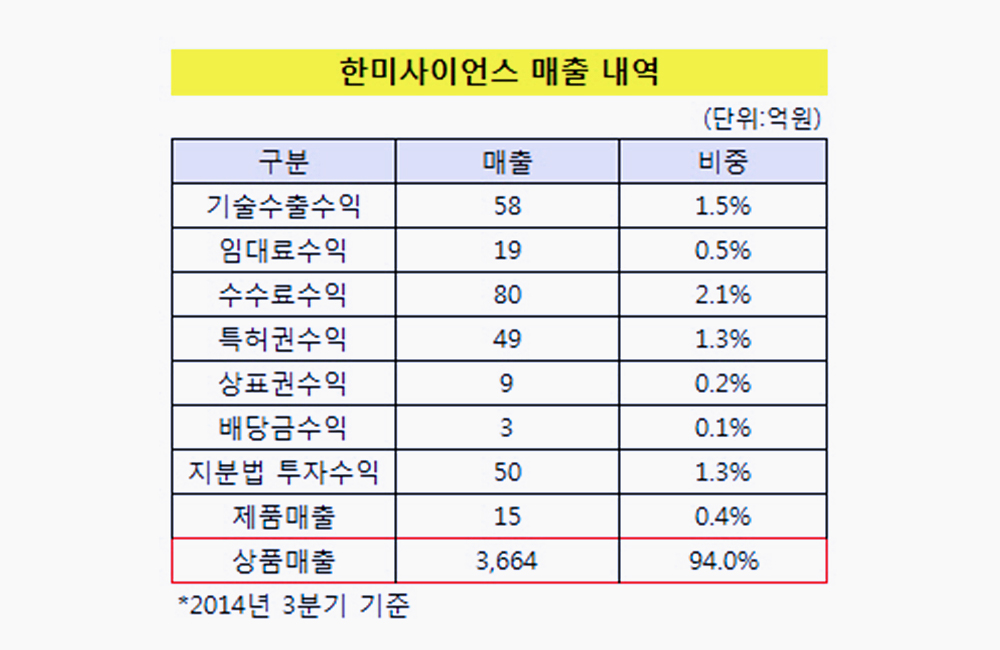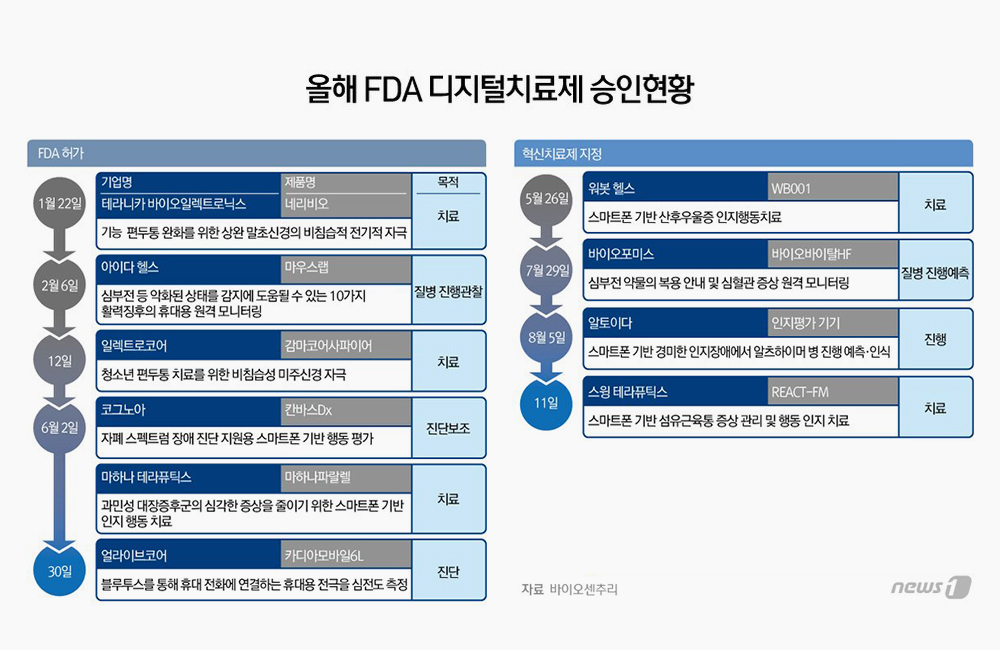At first blush, the headline to this piece may sound redundant — of course clinicians are engaged in tools that impact care delivery. That is not always the case. There has been a concerted industry effort around patient engagement and buy-in from executive teams that raises the question of whether clinicians have been passed over in the courting process.
Clinicians are central to patient care and should be considered in the early design phases of digital health solutions. Otherwise, it will be challenging to get them on board later. Here are three key considerations for engaging clinicians in digital health:
1. Clinicians want actionable data to inform care decisions.
Clinicians have enough random data points. To provide value, data must be actionable and integrated with other relevant, and contextual information. Without these traits, data lacks the ability to be acted upon and instead adds clutter — instead of answers, it creates lost opportunity.
Clinicians lack the resources to absorb, interpret and act on the volume of disparate information coming in from multiple sources. In fact, a recent Accenture survey found that clinicians overall are interested in digital health but 60% name the lack of interoperability between IT systems as a top reason for not rolling out digital health. Digital can bridge the gap to tell the patient’s story — not just alphabet soup.
True value comes from combining myriad data points with regulated solutions, including ones that leverage artificial intelligence (AI) and algorithms to combine data with direct clinical implications. Seeing a daily step count come in for every patient on its own is not helpful; however, applying alerts if measures fall outside of a predefined range or having AI sift through multiple sources to see a clearer vision may be helpful.
2. Meet clinicians where they work.
Digital must fit into the current workflow and integrate with technology systems being used daily. While electronic health record (EHR) limitations are frustrating for many doctors, these systems are in place and physicians are using valuable features to help them communicate with their patients. Digital health tools that exist within that environment, possibly even enhancing them, will receive better reception and prevent a choice around the “devil they know” or not.
Engaging clinicians to show value quickly is important for any new digital tool and understanding alternative ways of incorporating alerts or interventions so they can be impactful. Adoption occurs fastest when behavior is modified and not redefined, which creates a barrier.
Organizations succeeding at engaging providers build work-withins instead of workarounds — for example, physicians e-prescribe within the EHR, even though it is not a function of that system. Asking busy clinicians to leave the process they are comfortable with to go somewhere for one more piece of data is going to have an uphill challenge.
3. Digital should augment, not replace, the doctor.
The goal of bringing in digital health is to augment care and make it more personal across the entire patient journey. This should be clear, starting with the nomenclature. With terms like “clinical decision support,” no wonder there is pushback. Many clinicians will tell you that was medical school — not something downloaded. The challenge they face is managing the many pieces that take up the time they need to apply their medical expertise to decision making.
This is an important distinction that is not clearly understood or made. Clinicians seek help offloading the burden of aspects tangential to care, including insurance prior authorizations, documentation, accessing patient education, treatment information and guideline updates quickly and from one location. Digital can help with these problems, freeing up clinicians’ time to do what they were trained to do best — care for patients. Not designing with the doctor in mind or considering the emotional component of healthcare creates resistance to digital.
Digital has tremendous potential to enhance healthcare, especially around patient selection and disease management. Take personalizing cancer treatments, for example. There are currently 800 active applications just for cell and gene therapies with the FDA, and by 2025, between 10 and 20 applications could be approved each year. Tracking all the new drugs and how they map to specific cancers is extremely difficult.
An algorithm that could track and find the best treatment option based on the patient’s specific disease could help a doctor, who can then discuss the medication and what it means for the patient’s specific condition. As a bonus, digital could also confirm that it’s accessible with the patient’s insurance. These are areas that would help clinicians deliver care, creating a better experience for all involved.









